Leading market players invested heavily in research and Development (R&D) to scale up their manufacturing units and develop technologically advanced solutions, which will help the Satellite-Based Augmentation Systems market grow worldwide. Market participants are also undertaking various organic or inorganic strategic approaches to strengthen and expand their footprint, with significant market developments including new product portfolios, contractual deals, mergers and acquisitions, capital expenditure, higher investments, and strategic alliances with other organizations. Businesses are also coming up with marketing strategies such as digital marketing, social media influencing, and content marketing to increase their scope of profit earnings.
The Satellite-Based Augmentation Systems industry must offer cost-effective and sustainable options to survive in a highly fragmented and dynamic market climate. Manufacturing locally to minimize operational expenses and offer aftermarket services to customers is one of the critical business strategies organizations use in the Satellite-Based Augmentation Systems industry to benefit customers and capture untapped market share and revenue.
The Satellite-Based Augmentation Systems industry has recently offered significant advantages to the Aerospace & Defense industry. Moreover, more industry participants are utilizing and adopting cutting-edge Technology has grown substantially. Major players in the Satellite-Based Augmentation Systems market, including Northrop Grumman Corporation (US), Advanced Navigation And Positioning Corporation (US), Raytheon Company (US), Garmin International Inc. (US), Saab AB (Sweden), INTELCAN TECHNOSYSTEMS Inc. (Canada), Honeywell International, Inc.(US), Thales Group (France), Lockheed Martin Corporation (US), and Universal Avionics (US) are attempting to expand market share and demand by investing in R&D operations to produce sustainable and affordable solutions.
Raytheon Technologies Corp (RTX) innovates technological services and goods to the aviation and defense sectors. The firm was created in 2020 & is based in Waltham, Massachusetts. It provides aerospace and defense equipment and services to businesses, military, and political clients. Its business sectors are Collins Aerospace Systems, Pratt & Whitney, Raytheon Intelligence & Space, and Raytheon Missiles and Defense.
The Federal Aviation Administration has granted Raytheon Intelligence & Space, an affiliate of Raytheon Technologies, a WAAS DFO-2 agreement with a maximum value of USD 375 million over ten years for offering scientific restart and Dual Frequency Operations (DFO) improvements to the Federal Aviation Administration's Wide-Area Augmentation System. Airbus SE is a company that designs, manufactures, delivers, and provides aeronautical, space, and associated services. It operates in three divisions Airbus Commercial Aircraft, Airbus Helicopters, and Airbus Military & Space. The firm was established on December 29, 1998, and is based in Leiden, the Netherlands.
Airbus S.E has completed the System CDR for the satellite-based improved system EGNOS V3 (European Geostationary Navigation Overlay Service), which is under development to add essential security features to the majority of dangerous uses, which include flight planning and coming down, as well as offering land and maritime users with completely novel services. EGNOS V3 is the second iteration of the overlaying system, enhancing GPS and Galileo accuracy.
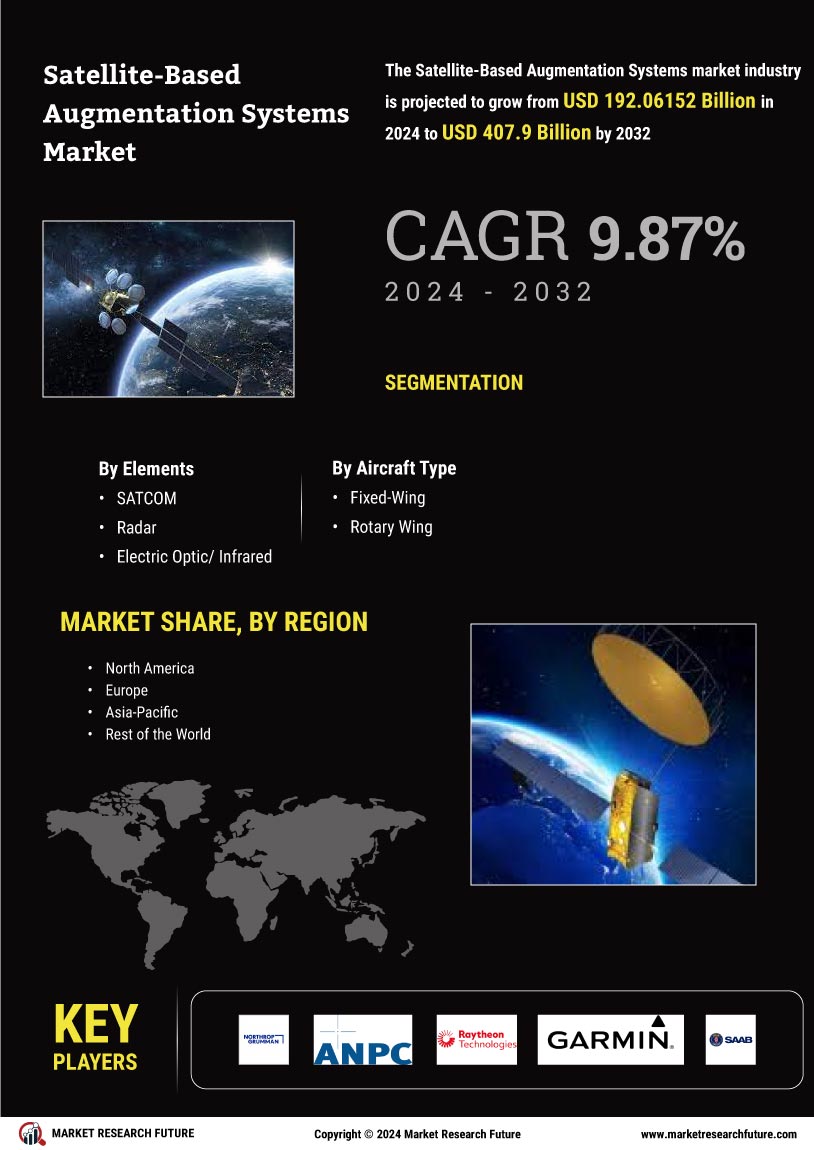

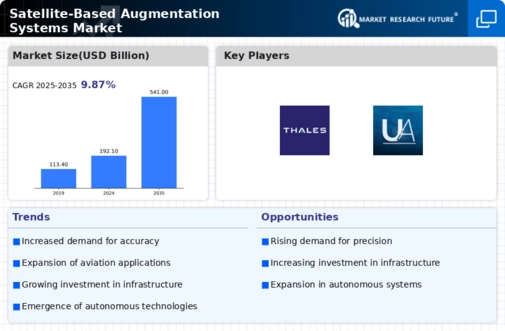
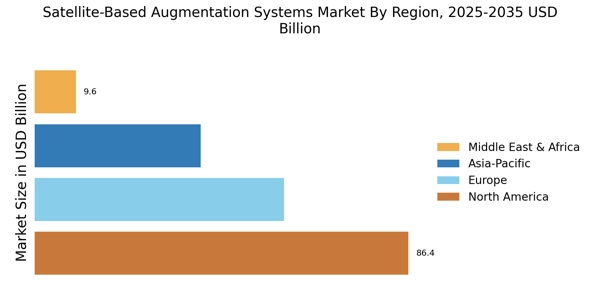
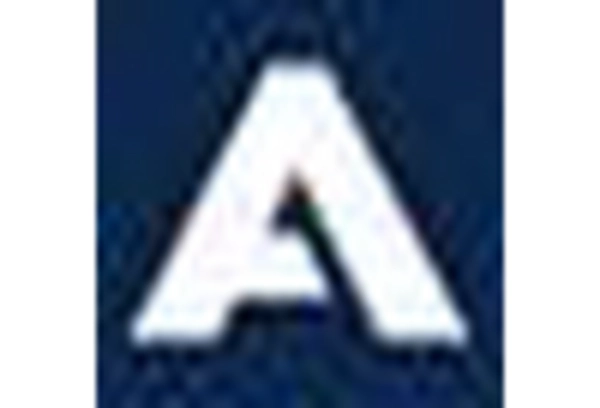
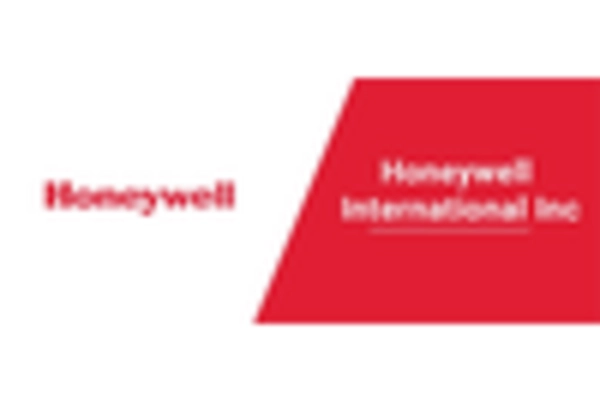


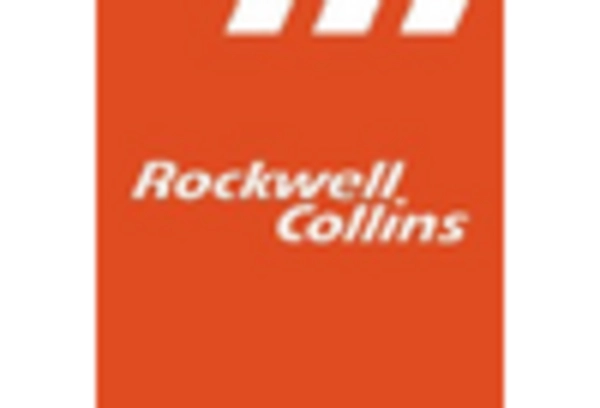









Leave a Comment